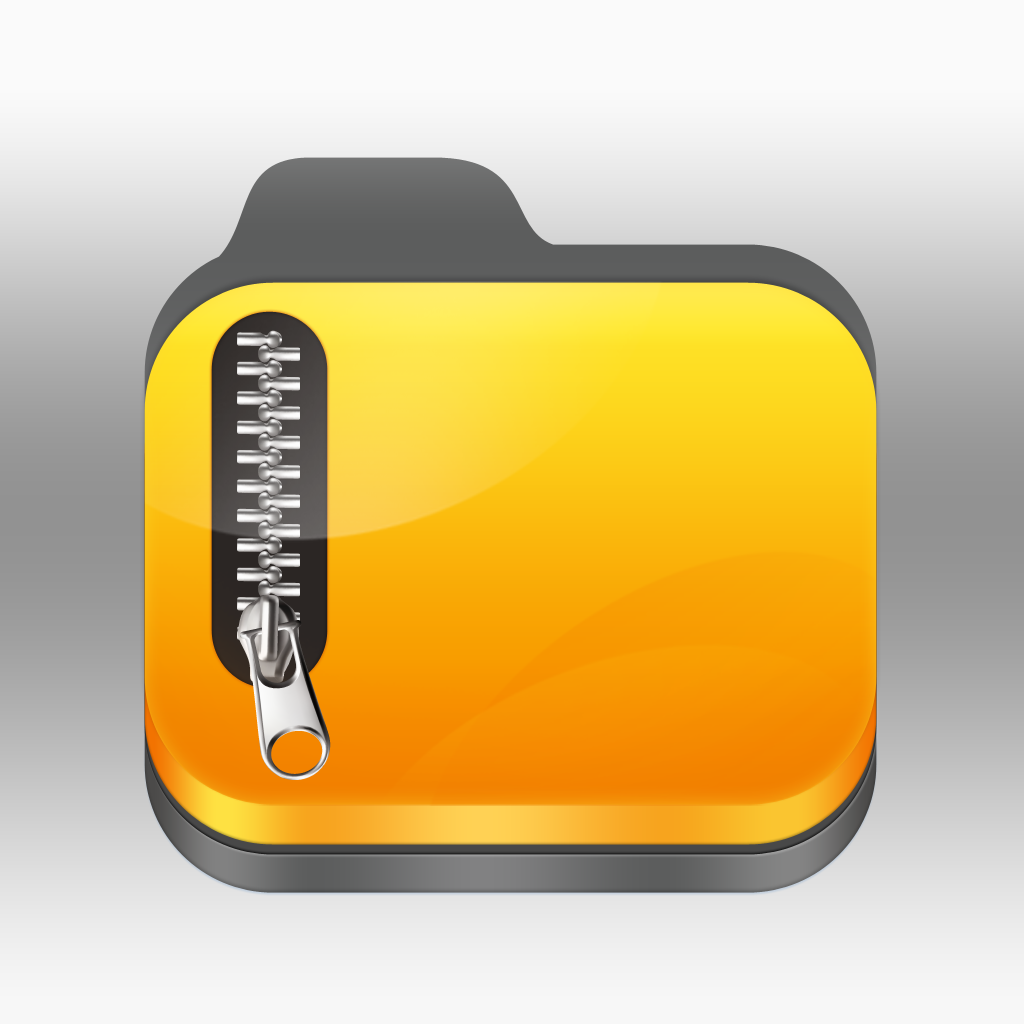

- #UNZIPPING TOOL FOR MAC HOW TO#
- #UNZIPPING TOOL FOR MAC INSTALL#
- #UNZIPPING TOOL FOR MAC ZIP FILE#
- #UNZIPPING TOOL FOR MAC ARCHIVE#
- #UNZIPPING TOOL FOR MAC RAR#
If the only reason why you are looking for the alternate methods is that you aren’t too fond of The UnArchiver.

Method-3: Use The UnArchiver Alternatives
#UNZIPPING TOOL FOR MAC RAR#
The RAR file contents will be extracted to the same location where the file was located. rar file in Terminal and use this command to extract it: Step-4: If the Unrar tool has to be built from source, use this command as well:
#UNZIPPING TOOL FOR MAC INSTALL#
Step-3: Next, use the following command to install the Brew RAR extractor: Step-2: Now use the following command to install Homebrew: /bin/bash -c "$(curl -fsSL )"

Step-1: Go to the ‘Utilities’ folder and open ‘Terminal.’ Only use this method if you are comfortable with the Terminal in macOS. But, you will need a special package manager called Homebrew. You can also open RAR files on Mac with Terminal. Wait for the extraction to complete and then click on ‘Download’ to download the extracted files.Once it is uploaded, click on ‘Extract.’.Click on the ‘Choose File’ button and upload the.Open a browser, Safari or Chrome, and visit.You can open RAR files on your Mac online, but the method is not much efficient as you will risk your privacy and will have to download bigger files after extraction. I’m listing some of the most reliable ones here. Alternate Methods to Open RAR Files on MacĪpart from using The UnArchiver to open RAR files on Mac, there are several other methods available that you can use. You can access them by going to the folder. When done, all the files will be placed in the folder that you opted for. Step-6: After choosing a destination, click on the ‘Extract’ button and wait for the files to be extracted. You can also create a new folder to unarchive the files into it. Step-5: The UnArchiver will then allow you to choose the location where you want to unarchive the file. Or, if it isn’t showing the icon, right-click on the file, click on ‘Open With,’ and choose ‘The UnArchiver.’ You can double-click on it to decompress the file. You will see that it is showing The Unarchiver icon by default. Step-3: Next, switch to the Extraction tab, and set how the app handles the archives and the folders created after opening them. The common ones, including RAR, will be selected by default. When you do that, a screen will open where you can choose the file types that you want The UnArchiver to open for you. Step-2: Once it is installed, it will prompt you to run it. Step-1: Visit the Mac App Store and download The UnArchiver.
#UNZIPPING TOOL FOR MAC HOW TO#
If you want to learn how to use it, follow the simple steps mentioned below. It is a free, easy to use, and highly compatible tool to decompress RAR, ZIP, and many other file formats on Mac. The best method to open RAR files on Mac is to use The UnArchiver. I’ll explain how you can use it to decompress. There are many such tools available on the App Store, the most prominent one being The UnArchiver. You have to use a third-party extractor software to decompress the RAR file.ĭoing that will unarchive the contents of the RAR file into a folder of the same name. So, you can’t unpack them with the default tools available in Mac. RAR files function just like the ZIP files but have the file extension as. But, you will need to use a special method to do that. YES, you can easily open RAR files on Mac. There are even useful features like error recovery and password protection. The reason is that RAR files reduce the file size and bundles all the essential documents into a single folder.
#UNZIPPING TOOL FOR MAC ARCHIVE#
I didn't think of it at the time - and I have since deleted the archive - but the cpio command would probably have worked via Terminal as well.You can find RAR files at a lot of places, especially on the web when you download any software or other files. Opening the file with The Unarchiver decompressed it correctly. The solution for me was to use the free The Unarchiver, which has turned out to be a Swiss army knife for decompressing many obscure types of archives. Some articles suggested that the download might have been corrupted, but as this was a very large file, I didn't want to try and download it again. Searching on Google, I saw that plenty of people had come across this problem, and offered a number of suggestions, none of which worked for me.
#UNZIPPING TOOL FOR MAC ZIP FILE#
Double-clicking that file just created the zip file again, and this was an endless loop This is apparently a zipped CPIO archive file. Last night, I downloaded a zip archive of freely-distributed MP3 files, and when I double-clicked it to decompress it, all I got was a. I'd come across this before, and it was very annoying.


 0 kommentar(er)
0 kommentar(er)
